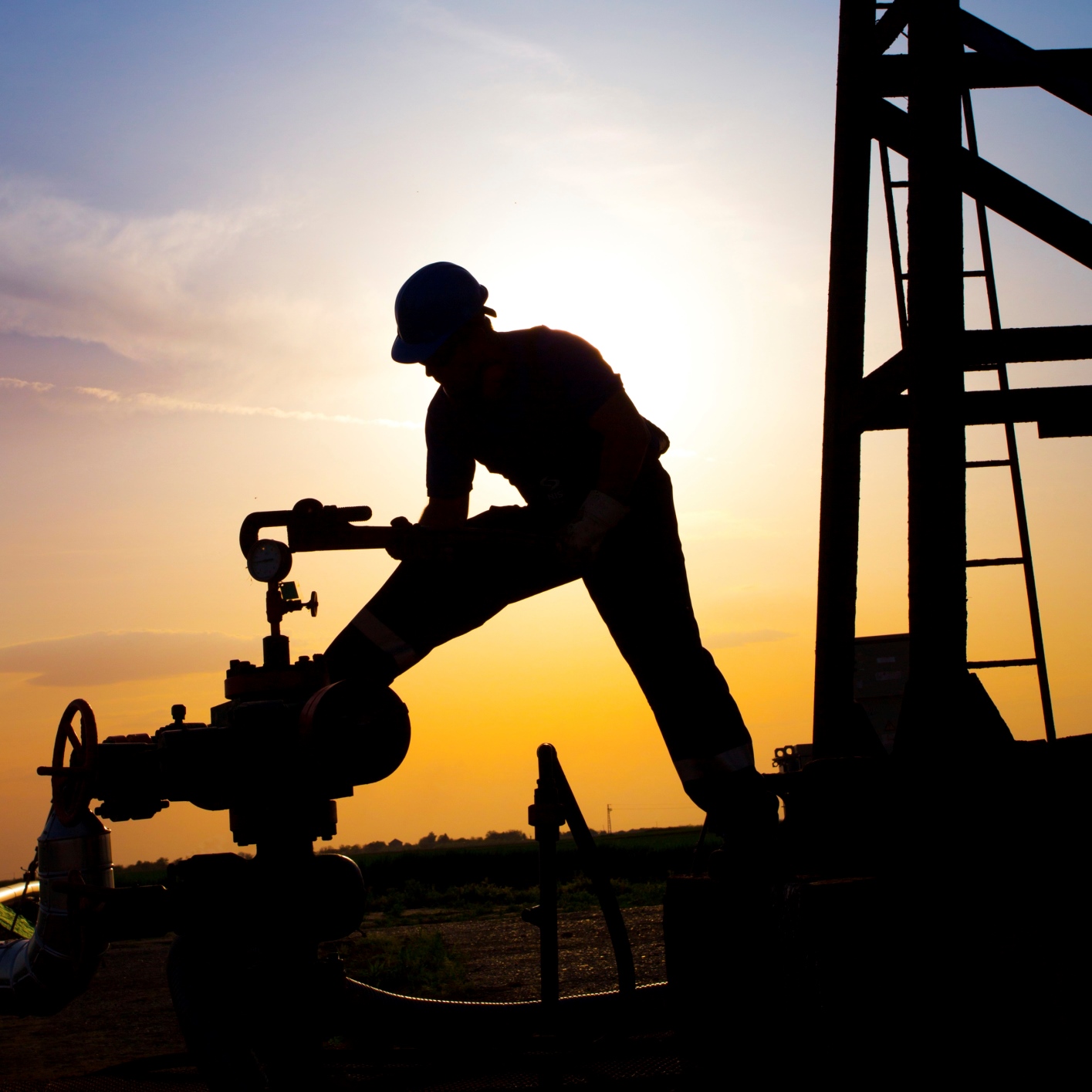
In each of the past three years, U.S. productivity has risen less than 1%. Productivity is a measure of the amount of output the economy generated for an hour of work. That indicates that productivity has plenty of room to run, even if the ceiling on growth is set at 2%, the current target level of inflation set by the Federal Reserve.
But could productivity rise even faster? In a new report from Josh Bivens of the Economic Policy Institute (EPI), he argues that the country doesn’t have to settle for such slow productivity growth if wages would rise to the point where businesses “gain more incentive to invest in the capital equipment and processes” that make workers more productive.
The root of the problem is that private investment has tumbled because aggregate demand has plunged. There is no reason for businesses to invest in more productivity if they can’t sell what they can already produce. By pushing wages higher, however, unemployment falls, and as unemployment falls, wages rise, and as wages rise, demand for goods and services rises. That leads to demand for more workers and the virtuous cycle repeats.
According to the U.S. Bureau of Labor Statistics, for the decade between 2007 and 2016, labor productivity growth was a mere 1.1%, the lowest in the 70-year post–World War II period and less than half the growth seen between 1990 and 2007. That’s not all, says Bivens:
It is important to note that inflation-adjusted (or real) wages and incomes for the large majority of American workers and families have risen significantly slower than economy-wide productivity growth in recent decades. This divergence between a typical worker’s pay and economy-wide productivity is the root cause of the rise in income and wage inequality over that period.
The unequal distribution of the benefits of productivity growth is an extremely important issue. But even apart from the distribution issue, the rate of productivity growth remains a crucially important macroeconomic variable to track, not least because it provides an upper bound on how fast wages (both nominal and real) can rise.
Bivens concludes that one way to close the investment gap is to boost public investment (President Trump’s $1 trillion infrastructure investment comes to mind). But, Bivens goes on:
[A]nother crucial response is to ensure that the labor market and wider economy run hot enough to force businesses to boost investment simply to meet growing demand. When this is done, policymakers also need to keep the recovery strong until real wages begin consistently rising. From a policy perspective this means keeping interest rates low and not prematurely raising them due to misguided fears of inflation. The inflationary impact of a pick-up in real wages is likely to be quite muffled by the faster investment and productivity growth that will follow.
Neel Kashkari, president of the Federal Reserve Bank of Minneapolis, made the same point when he voted against the recent quarter-point rate hike. U.S. inflation remains below 2% and there is not much evidence that it is going to hit 2% anytime soon, so it makes more sense to Kashkari to leave the policy rate alone and begin rolling off some of the $4.5 trillion in debt that the Fed has accumulated through the quantitative easing periods of the past decade. When inflation does rise to 2%, then boost rates. Kashkari also sees the stable employment rate and the increase in labor force participation rate as helping push wages higher.
Travel Cards Are Getting Too Good To Ignore
Credit card companies are pulling out all the stops, with the issuers are offering insane travel rewards and perks.
We’re talking huge sign-up bonuses, points on every purchase, and benefits like lounge access, travel credits, and free hotel nights. For travelers, these rewards can add up to thousands of dollars in flights, upgrades, and luxury experiences every year.
It’s like getting paid to travel — and it’s available to qualified borrowers who know where to look.
We’ve rounded up some of the best travel credit cards on the market. Click here to see the list. Don’t miss these offers — they won’t be this good forever.
Thank you for reading! Have some feedback for us?
Contact the 24/7 Wall St. editorial team.


